Immigration to Australia Overview

What are The Requirements to Migrate to Australia?
The preferred route to migrate to Australia is gaining permanent residency through the Australian skilled visa program, including subclasses 186, 187, and 190. However, there may be a yearly cap on the number of visas granted through these pathways. To be eligible for this visa program, you must meet the following key requirements:
- You must be under 45 years of age at the time of application
- Demonstrate competent English language skills, typically proven by an official certification such as IELTS or TOEFL
- Your qualifications must be assessed by the relevant Australian authority for your nominated occupation to ensure they meet Australia’s standards
- Pass a medical examination conducted by an Australian government-approved doctor
- Provide police clearance certificates or other documents as proof of good character
If you are unable to meet these requirements or do not have sufficient points under the points-tested system, you may need to explore alternative visa options
The Requirements For a Temporary Work Visa 482 (Short-Term Stream) to Australia
The Temporary Work Visa 482 (Short-Term Stream) allows employers in Australia to address temporary labour shortages when there is no suitably qualified Australian worker available for the role. The job must be listed on the Short-Term Skilled Occupation List (STSOL) to qualify for this visa.
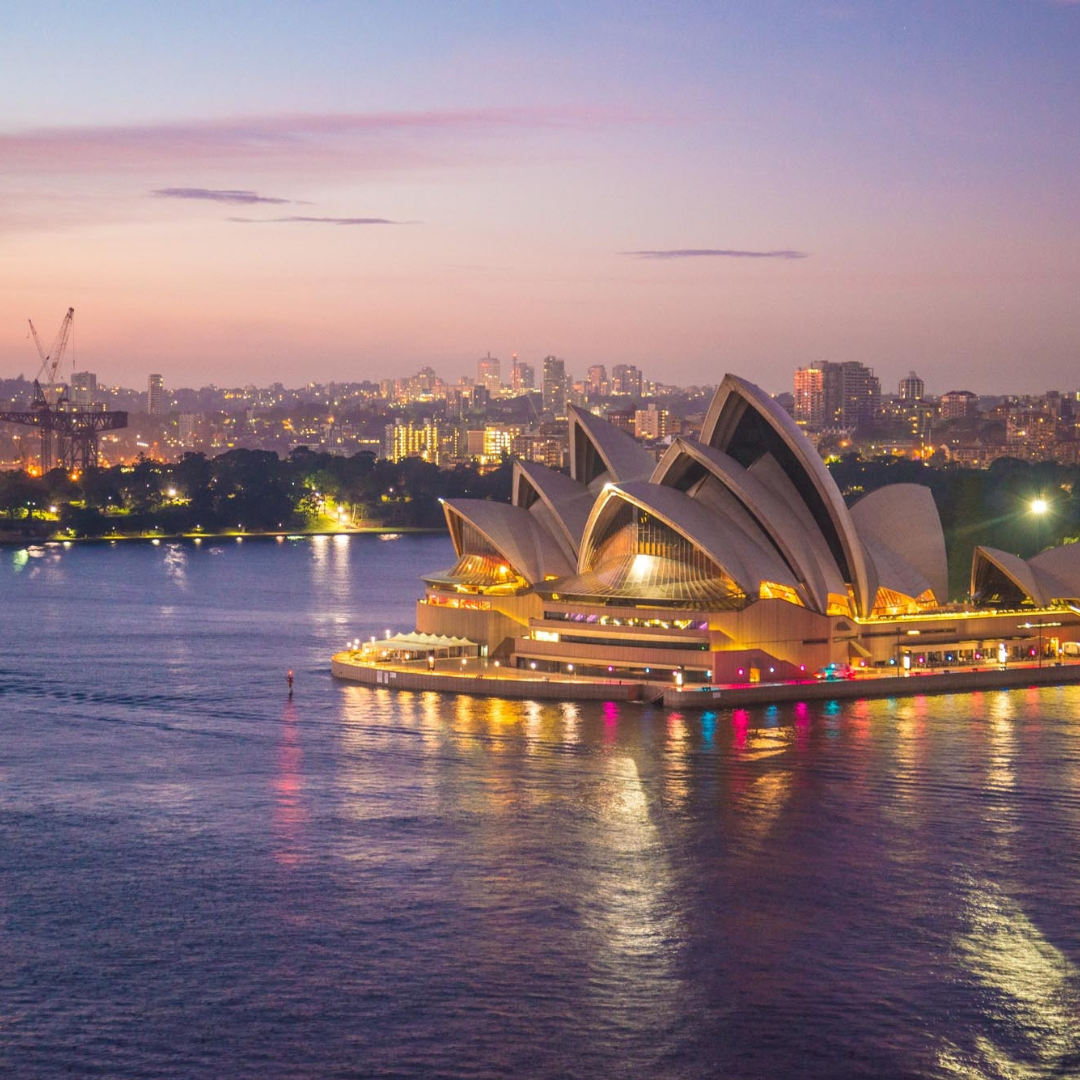
The Temporary Worker Has To Fulfil These Requirements:

Must be nominated for a skilled job by an approved sponsor

Must have the skills that
match the job

Must have the required English language ability
The cost for the Temporary Skill Shortage (TSS) Visa (subclass 482) under the Short-Term Stream starts at approximately AUD $1,300+ for the main applicant. This fee may vary based on additional factors such as the number of applicants and specific requirements like skills assessments, health examinations, or police certificates.
For the most accurate and up-to-date information, please refer to the Australian Department of Home Affairs website.
The Requirements for a Temporary Work Visa 482 (Medium-Term Stream)
The Temporary Skill Shortage (TSS) Visa (subclass 482) under the Medium-Term Stream allows employers to address labor shortages by hiring skilled workers from overseas when no suitably qualified Australian worker is available. Workers under this stream can remain in Australia for up to 4 years. The occupation must be listed on either the Medium and Long-term Strategic Skills List (MLTSSL) or the Regional Occupation List (ROL).
The cost for this visa starts at AUD $2,700+ for the main applicant.
For the most accurate and up-to-date information, please refer to the Australian Department of Home Affairs website.


Temporary Skill Shortage Visa (Subclass 482) – Labour Agreement Stream
This stream is designed for skilled workers who are nominated by an approved sponsor under a Labour Agreement. These agreements are special arrangements negotiated between an employer and the Australian Government to fill specific labor shortages. Visa holders under this stream may be able to live and work in Australia for up to four years.
The cost for this visa starts at AUD $2,700+ for the main applicant.
For the most current details, please visit the Australian Department of Home Affairs website.
What are Some of the Current Immigration Issues in Australia?
Australia has long been a destination for migrants from around the world, operating under a well-managed migration program. The program primarily focuses on two key categories: skilled migration and family reunion. In recent years, the government has made over 200,000 places available annually for these two groups, with approximately two-thirds allocated to skilled migrants and the remainder to family reunion migrants.
A significant area of growth has been in the temporary migration sector, driven by uncapped, demand-driven programs like the now-replaced 457 visa program. Many of these temporary migrants eventually transition to permanent residency, further contributing to Australia’s diverse population.
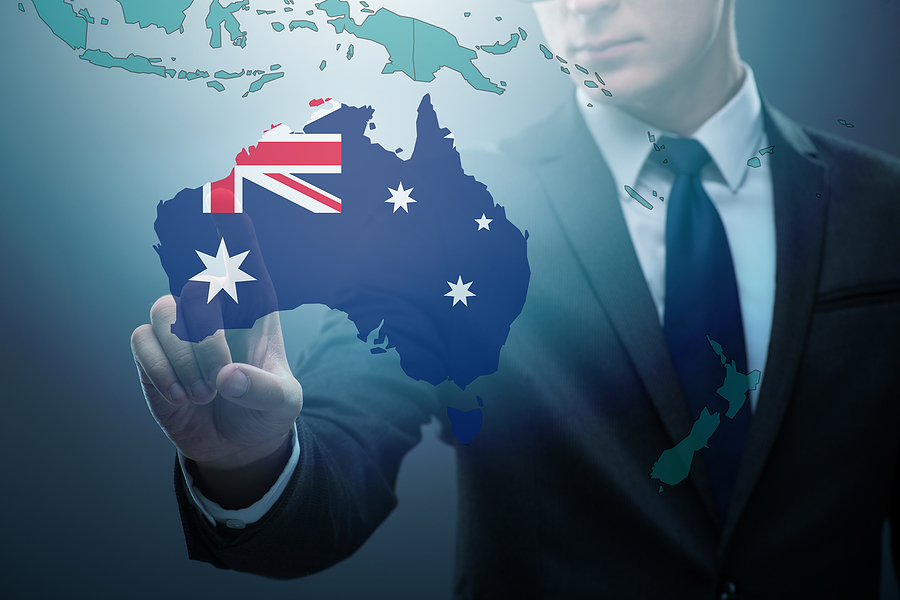
Temporary Migration: A Growing Trend
Over the past 20 years, the number of temporary migrants coming to Australia has grown significantly, marking a major shift in the country’s immigration landscape. This group primarily consists of two categories: temporary skilled workers and overseas students. This trend has been the most significant change in Australia’s migration patterns in the past six years.
Unlike direct migration pathways to permanent residency, temporary migration does not offer the same level of security. Many temporary migrants may spend several years in Australia before eventually securing permanent residency, making this a more prolonged and uncertain process.

Temporary and two-stage migration
Most long-term temporary migrants in Australia begin their journey as temporary skilled workers, arriving through one of the following pathways:

On a subclass 482 visa

As overseas students

On a working holiday scheme
One key advantage of temporary migration is that there is no cap on the number of temporary migrants allowed into the country, unlike the permanent migration program, which is regulated by an annual quota. The number of temporary migrants is driven by demand for specific skills needed at any given time, reflecting the needs of Australian businesses.
Recent data from the Department of Home Affairs indicates a growing trend of temporary migrants transitioning to permanent residency, with most being accepted based on their skills.
Advantages to Australia of the Two-Stage Migration Process
While the two-stage migration process may offer less certainty for temporary migrants, it provides Australia with an opportunity to evaluate potential long-term residents before granting permanent residency. This approach allows the country to ensure that migrants are a good fit for Australia’s needs and culture. Additionally, it gives temporary migrants a chance to experience life in Australia firsthand, allowing them to decide if the lifestyle suits them before committing to permanent residency.


Workplace Exploitation: A Side-Effect of the Temporary Migrant Program
The Australian Senate Standing Committee has found evidence that temporary migrants are more susceptible to workplace exploitation. Additionally, the influx of temporary migrants has had some impact on local labour markets, and some migrants have faced challenges integrating into the Australian way of life.
Due to these long-standing issues, particularly related to the former 457 visa program (now replaced by the 482 visa with various streams), there is ongoing debate on how to strike a balance between the interests of employers, local workers, and overseas workers.
Immigration as an Election Issue
Immigration remains a significant and often contentious topic in Australia, reflecting concerns seen in many wealthy nations. Despite Australia’s foundation as a country built by immigrants, the rapid population growth in cities like Sydney and Melbourne, largely driven by immigration, has raised concerns.
These cities have experienced significant increases in population, especially over the last decade. However, infrastructure development has lagged, leading to issues such as increased congestion, unaffordable housing, and inadequate public transport and services. Many argue that these challenges are directly linked to the pace of immigration.
While the global pandemic temporarily paused immigration, these issues are likely to resurface as normal migration patterns resume and population growth continues.

How to Migrate to Australia
Migrating to another country is never easy, but there is plenty of help available to make the process smoother, especially if you wish to live and work in Australia. Unless you are from New Zealand, you will need a visa to relocate to Australia, whether you intend to live and work in any of its major cities or regions.
The first step is to secure employment, as this will allow you to apply for a visa that aligns with your prospective employer’s needs. Before starting your job search, review the Visa Nomination Occupation Lists on the Australian Government website to see if your occupation is listed. If it is, you can begin searching for a suitable job and file your application. Once you are offered a position, you will need to submit extensive documentation to prove you are the right fit for the role.
To simplify and reduce stress in the process, consider hiring a migration agent or solicitor to guide you through the visa application. Remember, visa applications must be submitted through the Department of Home Affairs, regardless of where you plan to live in Australia.
Once your visa is approved, you may have a limited time to relocate to Australia. You will need to organise your belongings, secure accommodation, and book your flight. Many states and territories, including Victoria, New South Wales, and Queensland, offer skilled migration programs and services to assist new migrants in settling in their chosen location.
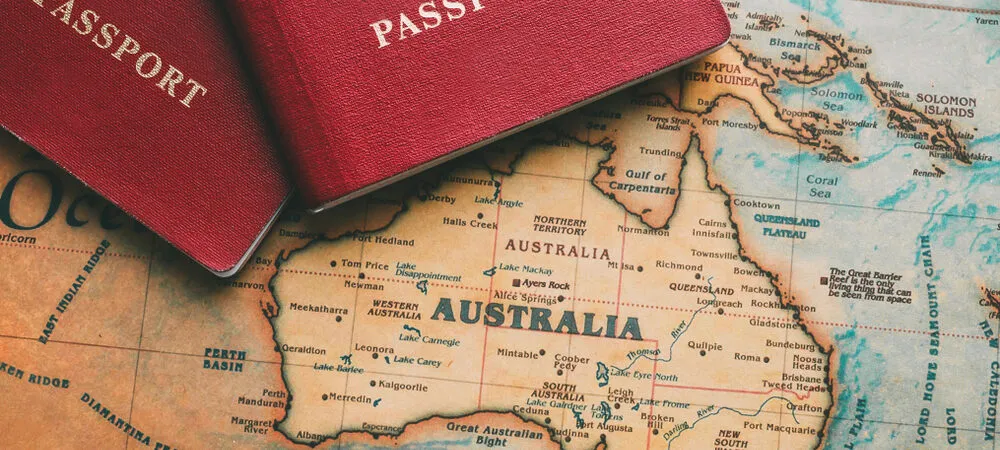
Benefits of Living in Australia
Australia offers a wealth of benefits to migrants, including:

Decent work benefits from employers

Enviable work-life balance

Good healthcare services

Excellent education

High quality of life
Vaccinations in Australia
The only mandatory vaccination required for entry into Australia is the yellow fever vaccine, and only if you have resided in or visited a country where yellow fever is present. However, there are several recommended vaccinations, including:

Measles
(MMR)

Diphtheria-Tetanus-Pertussis (DTP) vaccine

Varicella (Chickenpox) vaccine
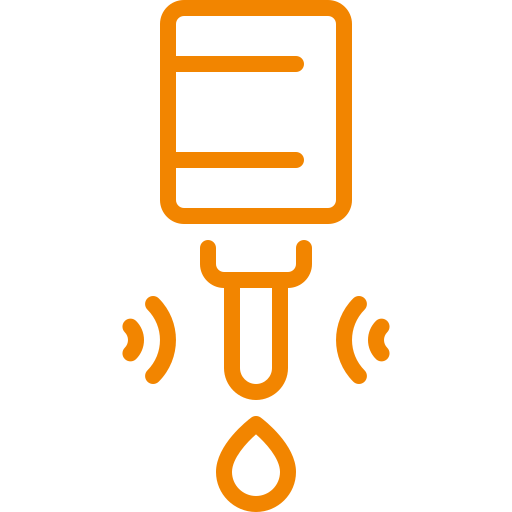
Polio
(IPV)

Influenza (Flu)
shots
In addition to vaccinations, specific health requirements may need to be met, including medical examinations. These requirements vary depending on your age, the visa you are applying for, and the country you are coming from. Other common requirements for entry to Australia include meeting a certain level of English proficiency and satisfying Australia’s character requirements.
Healthcare
Australia provides access to both private and public healthcare services. The public healthcare system, known as Medicare, covers most healthcare needs, offering high-quality treatment and care. It’s important to note that if you give birth to a child while in Australia, the child will inherit the same residency status as you. Only if you are a permanent resident or citizen will your child automatically receive Australian citizenship.

Banking and Taxation
As a temporary migrant, you can open a bank account in Australia without restrictions. The country’s four major trading banks are:
- National Australia Bank (NAB)
- Commonwealth Bank (CBA)
- Australia and New Zealand Banking Group (ANZ)
- Westpac
The taxation system is managed by the Australian Tax Office (ATO). As an employee, you will pay tax on a Pay As You Earn (PAYE) basis, meaning the more you earn, the more tax you pay. However, tax relief may be available depending on your work situation and family status. It is mandatory to have a Tax File Number (TFN) and to complete an annual tax return in Australia.

Top Countries of Origin
for Migrants to Australia
As of June 2023, Australia’s population included approximately 8.18 million people born overseas, representing 30.7% of the total population of around 26.6 million. The top countries of birth for migrants to Australia are:


#
Country
No. Of Migrants
1

England
984,100
2
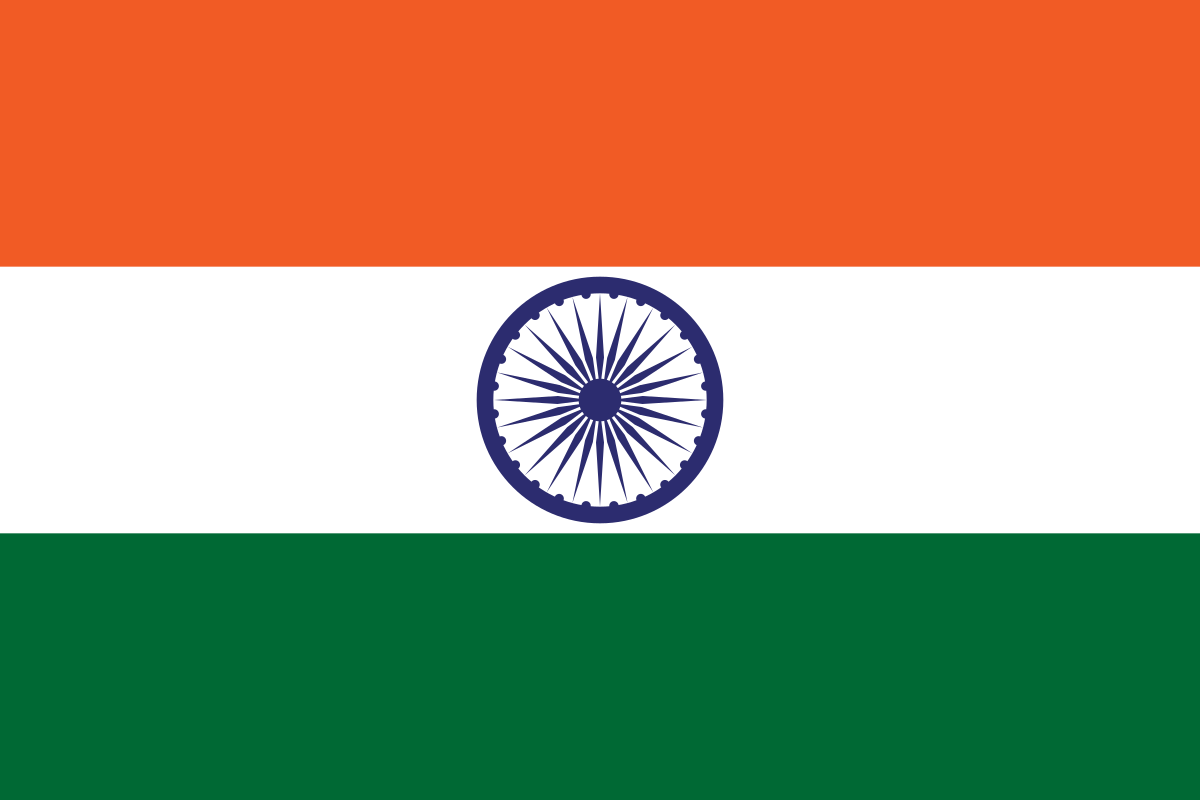
India
845,800
3
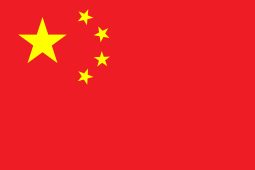
Mainland China
677,240
4
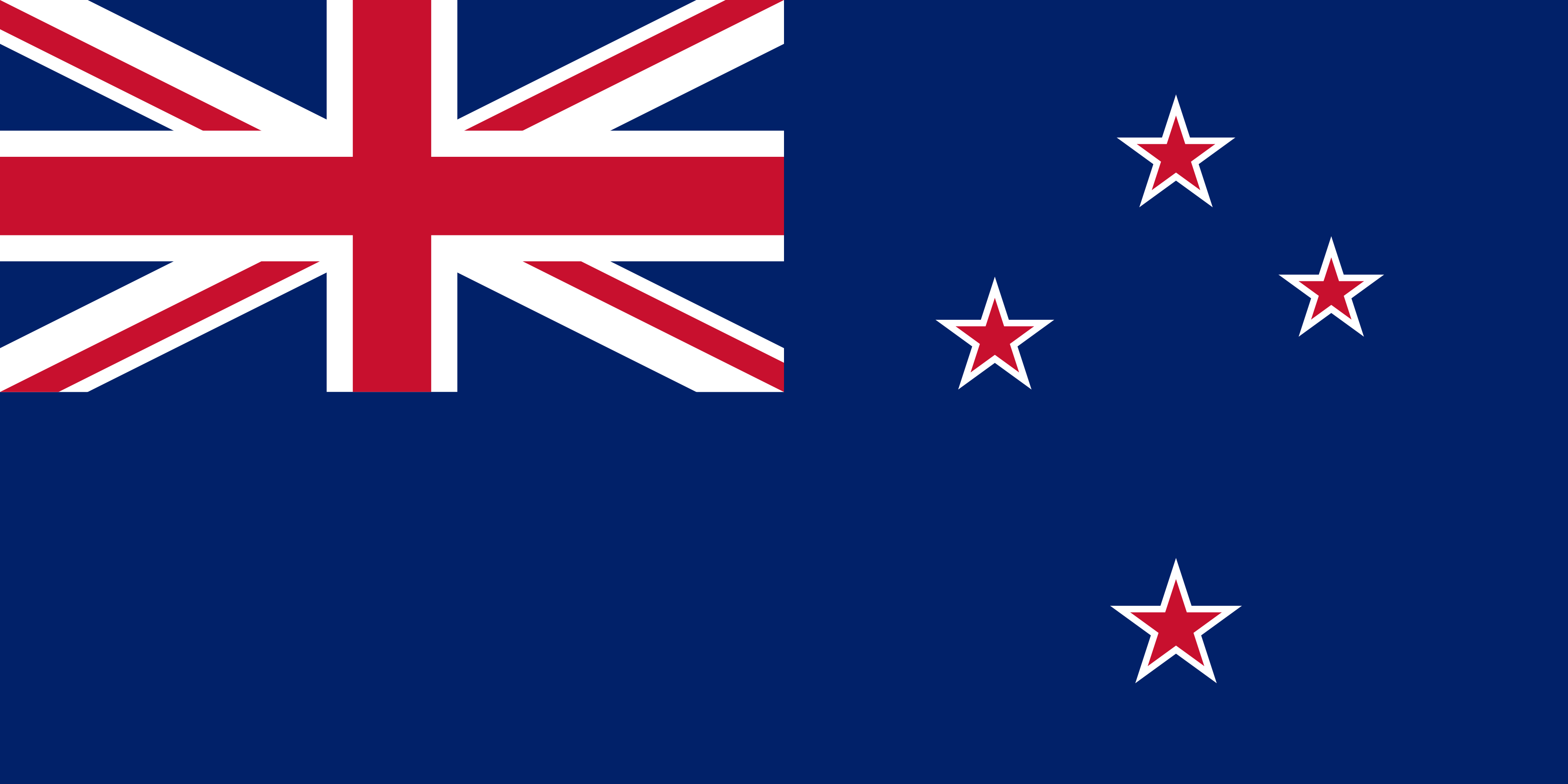
New Zealand
570,000
5

Philippines
327,460
6
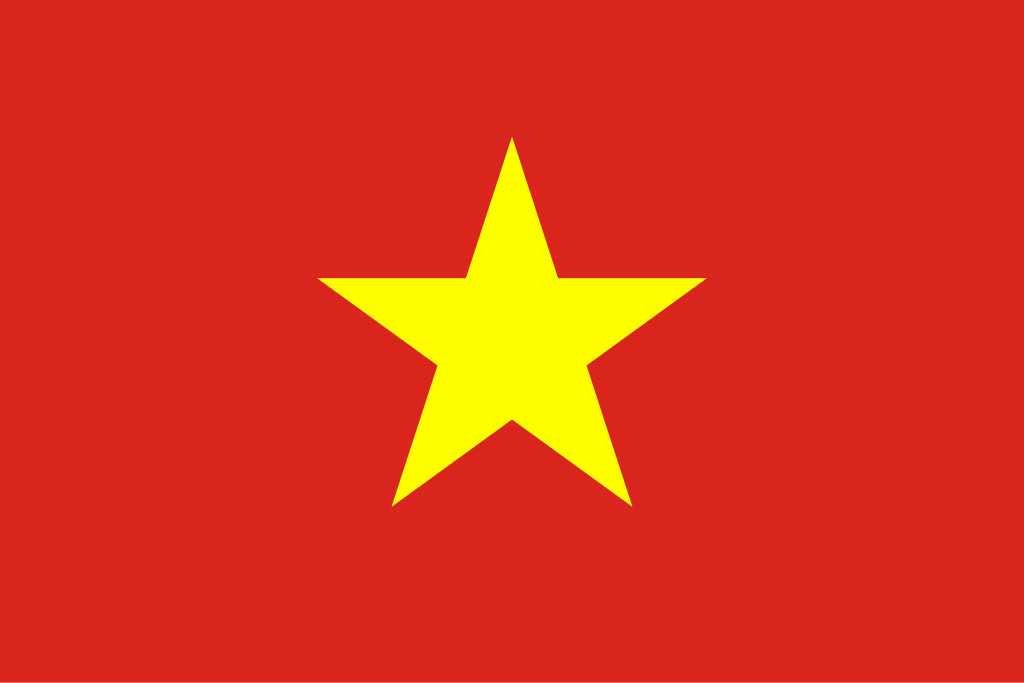
Vietnam
262,910
7
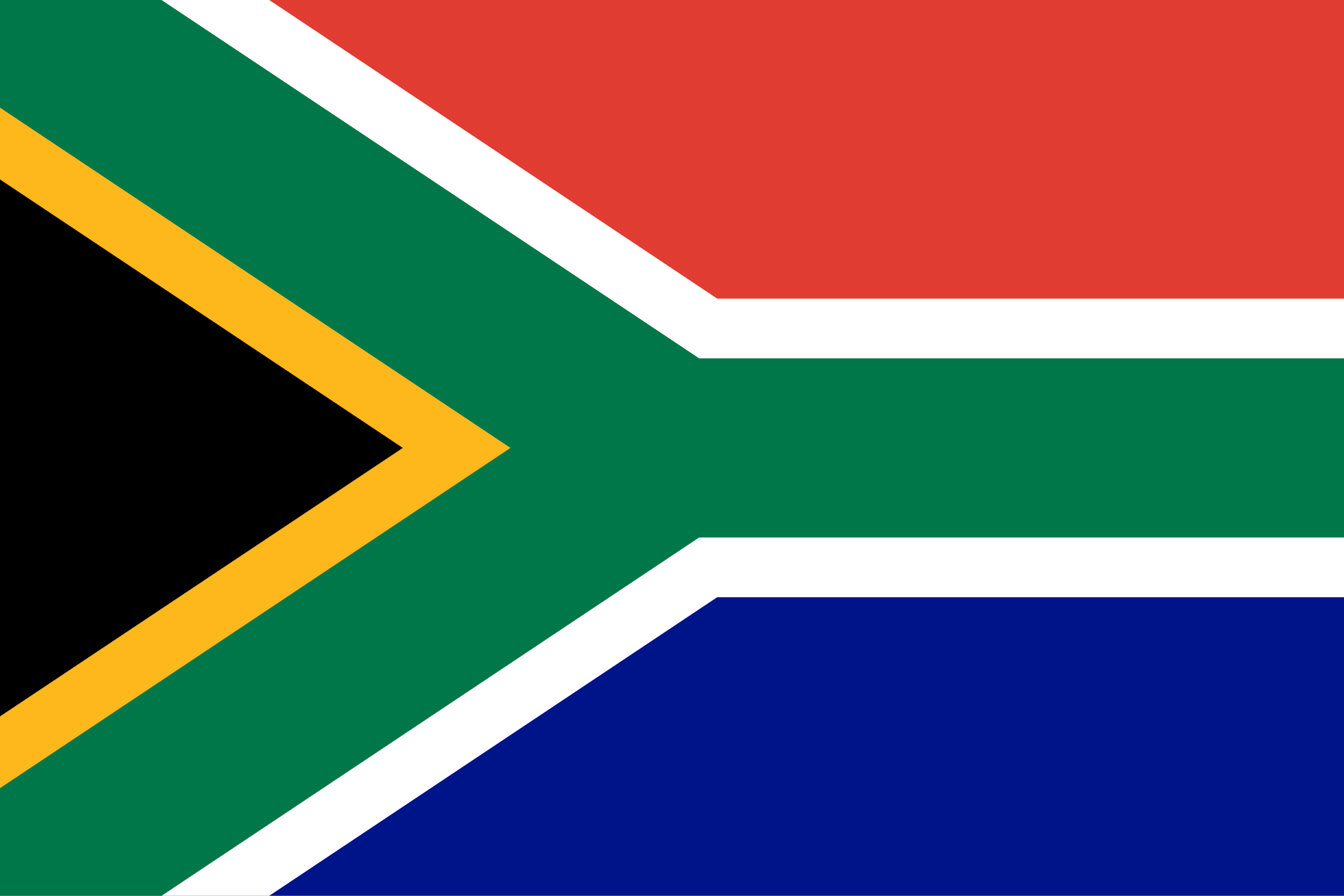
South Africa
193,860
8

Italy
182,520
9
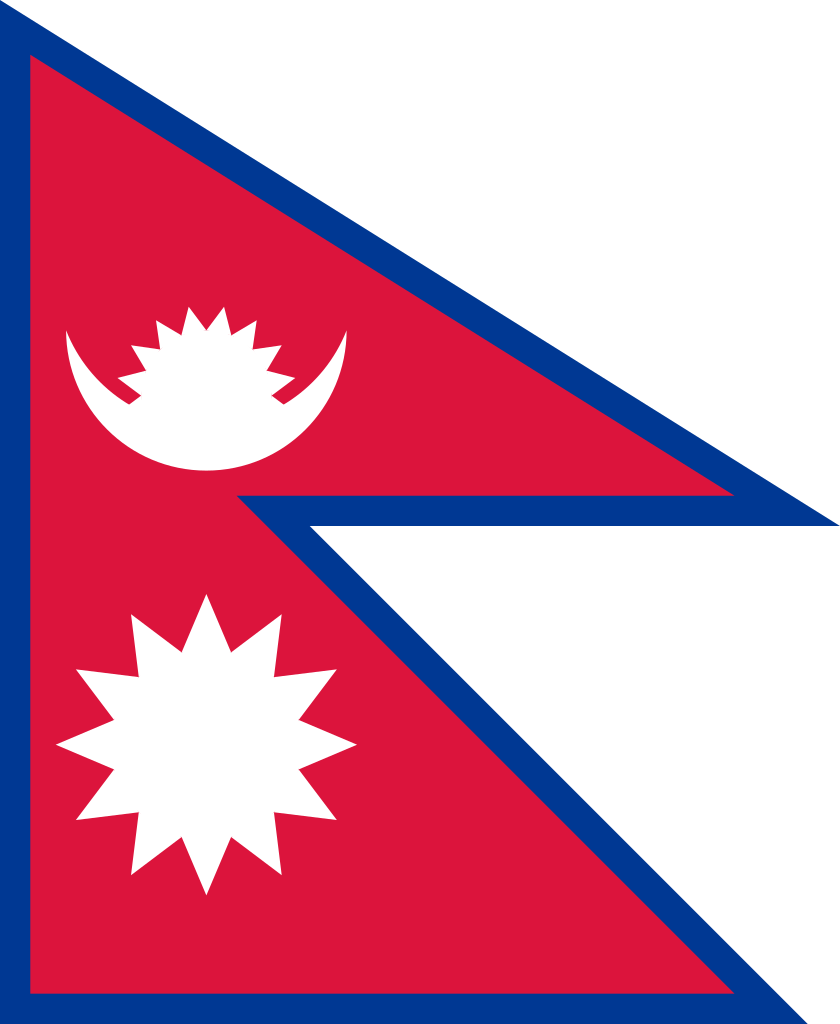
Nepal
179,050


#
Country
No. Of Migrants
10
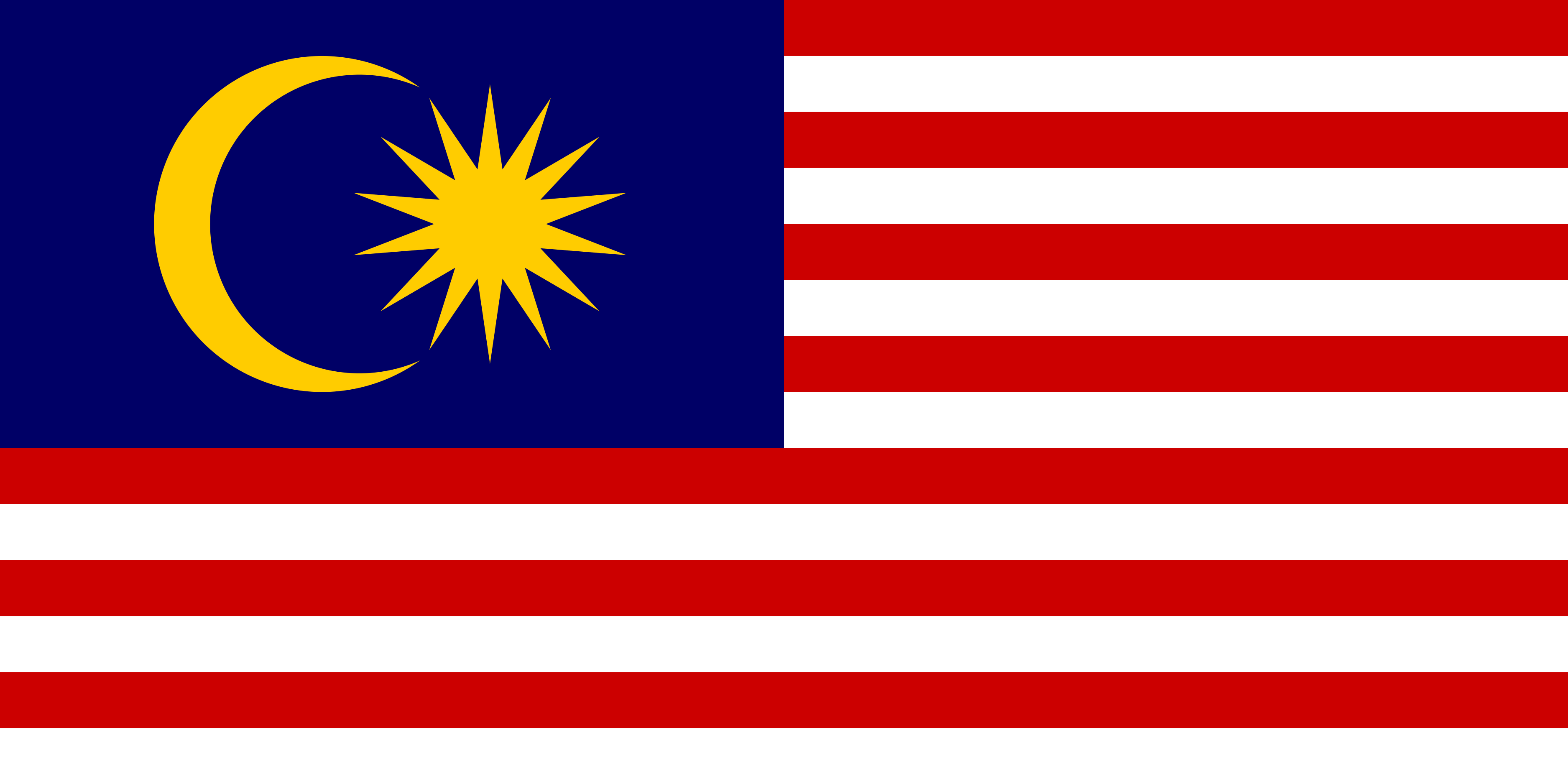
Malaysia
175,920
11
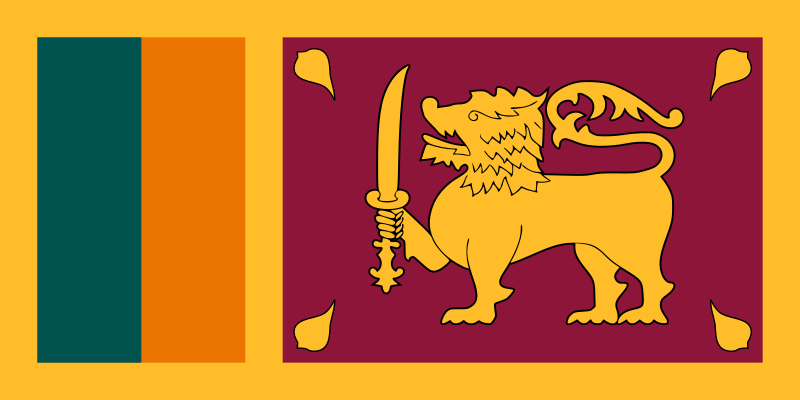
Sri Lanka
175,700
12

Scotland
133,920
13
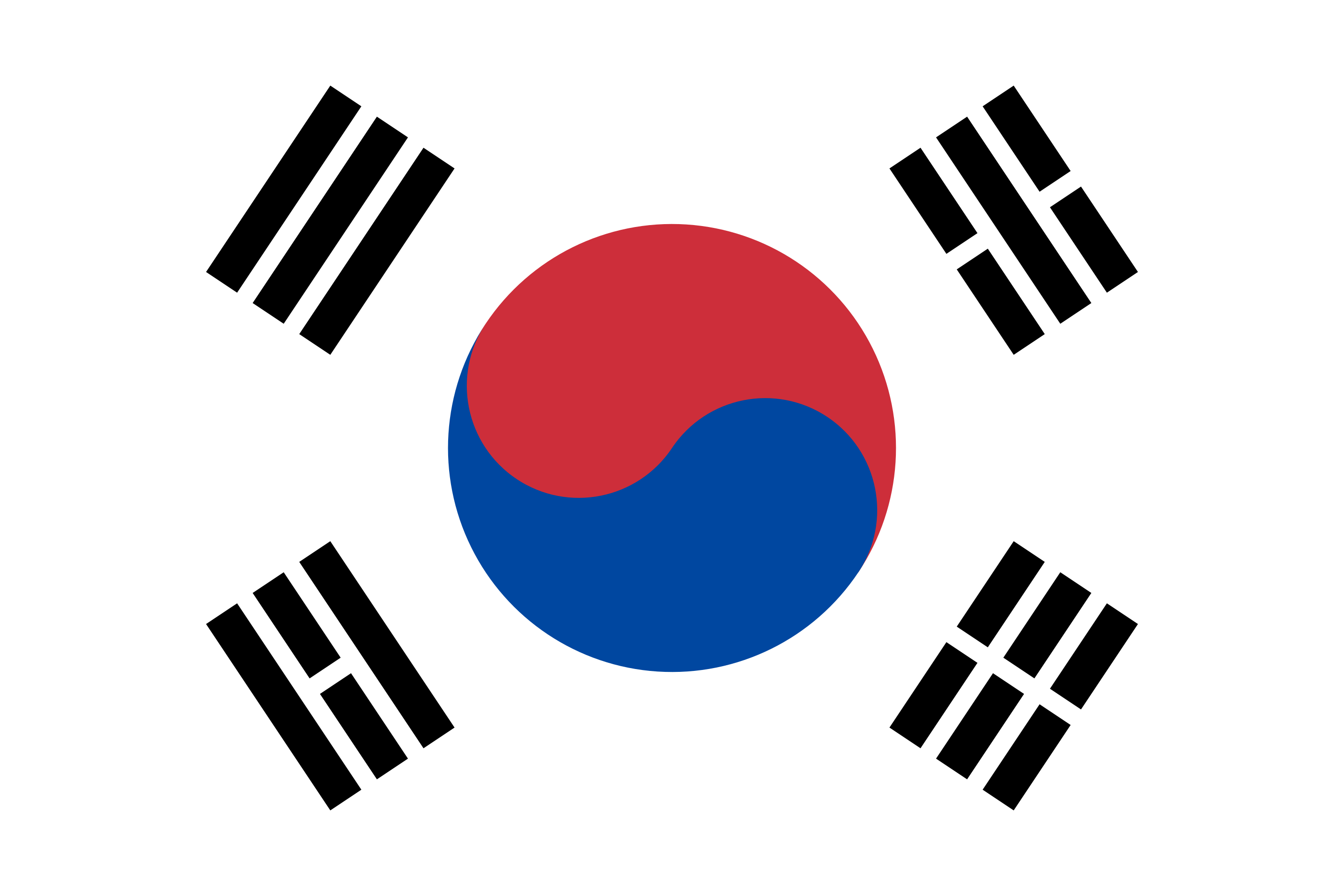
South Korea
116,030
14
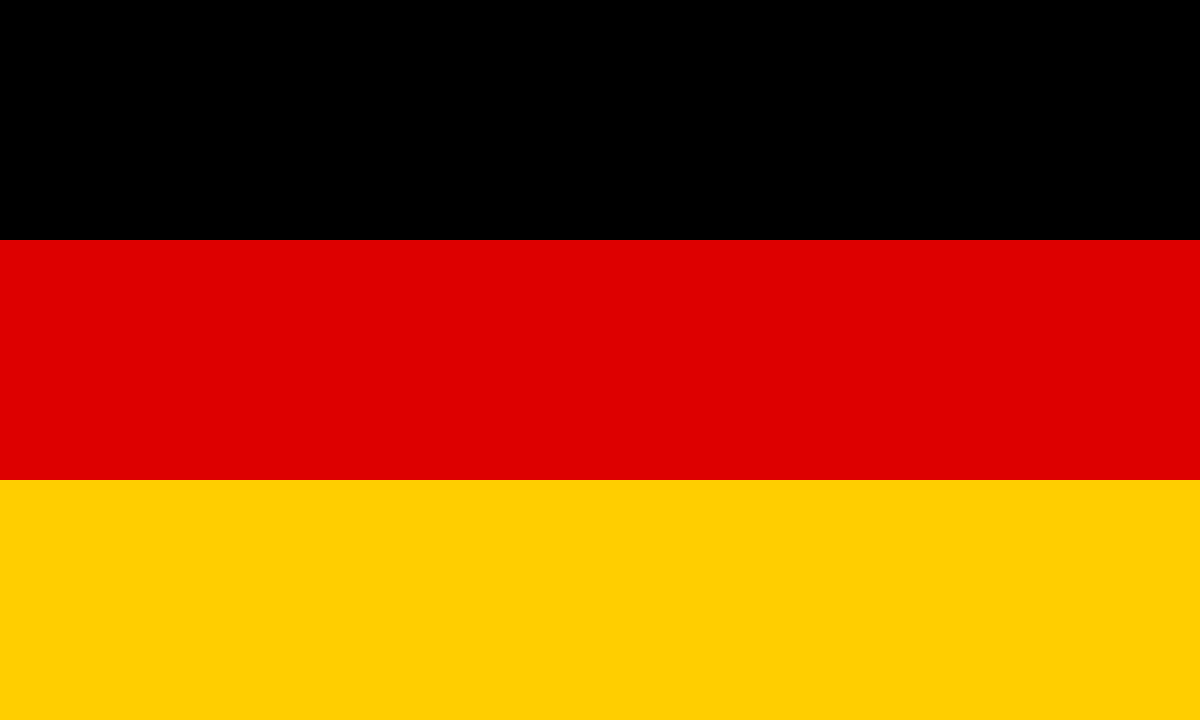
Germany
112,420
15

United States
108,570
16

Greece
106,660
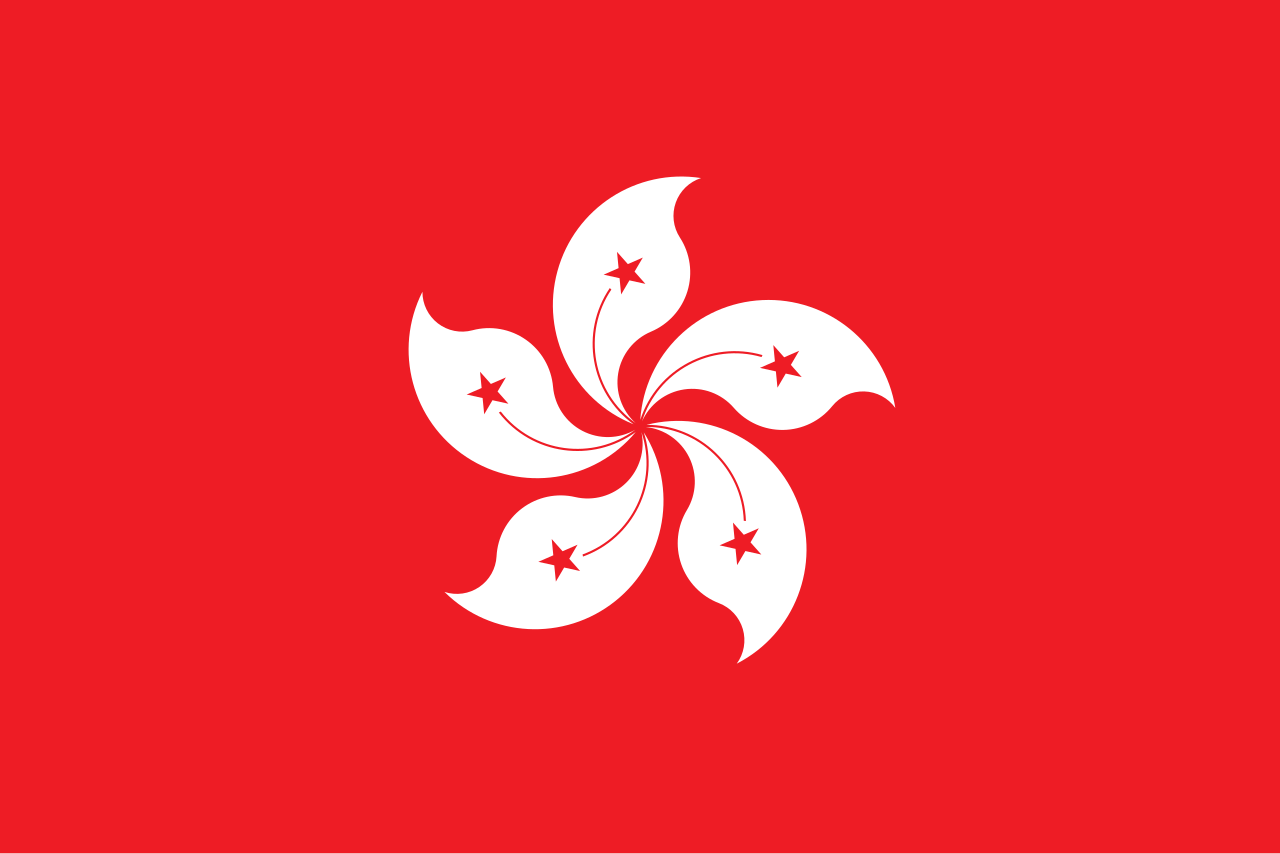
Hong Kong
101,290
For the latest data and a more detailed breakdown, you can visit the Australian Bureau of Statistics or the Department of Home Affairs.


